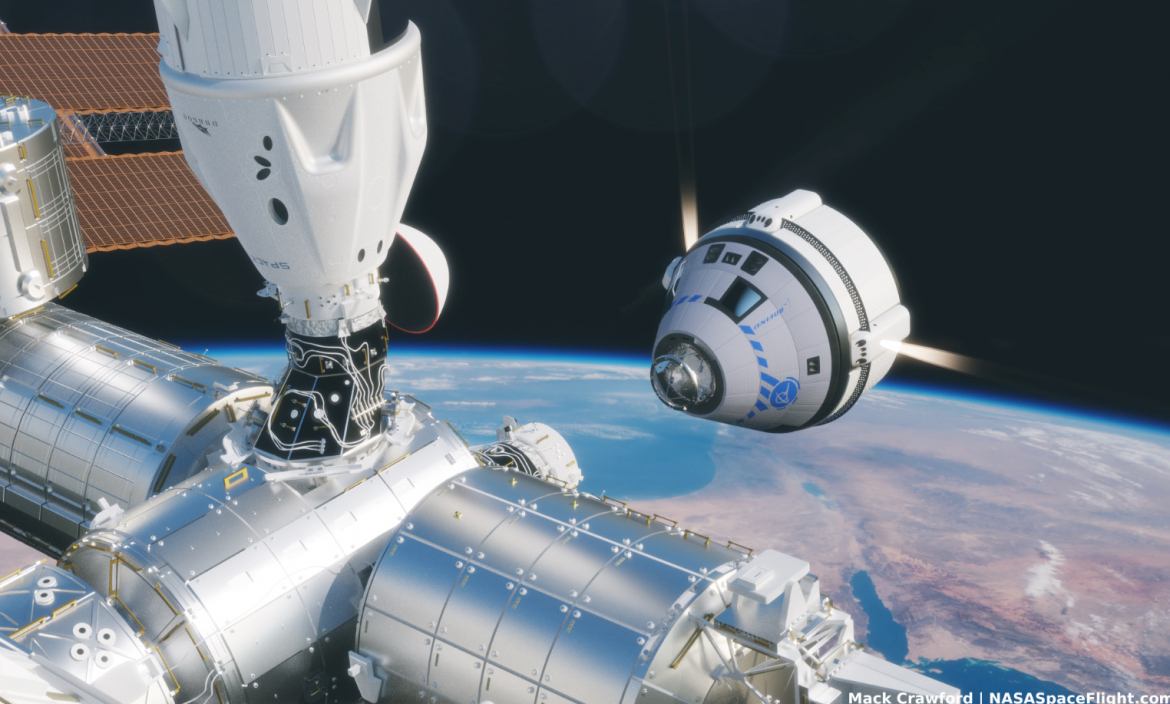14.08.2023

Boeing’s Starliner Crewed Flight Test (CFT) which will carry astronauts Barry “Butch” Wilmore and Sunita “Suni” Williams to the International Space Station (ISS) is now delayed to next year, with the earliest chance for launch in March. However, Boeing is still confident it will complete the six crewed flights ordered by NASA despite the planned demise of the ISS in 2030. NASA and Boeing shared the updated launch information in a press briefing on Monday, Aug. 7.
The Crew Space Transportation-100 (CST-100) Starliner was supposed to launch its first crewed flight on July 21, but Boeing found several issues that could have posed a threat to the safety of the astronauts, such as flammable tape and weak parachute soft links, causing yet another mission delay.
Boeing’s CST-100 Starliner, along with SpaceX’s Crew Dragon, is part of NASA’s Commercial Crew Transportation Capability (CCtCap), which aims to have two vehicles carry American astronauts and cargo to the ISS on rotation throughout the year, with the “goal of ending the nation’s sole reliance on Russia,” according to the space agency. The companies were selected in 2014 for the contract, and while SpaceX has almost completed seven crewed trips to the Station, Boeing’s Starliner has been plagued with delays spanning years.
Earliest CFT launch in March 2024
Opening the briefing, Mark Nappi, vice president and program manager of the CST-100 Starliner at Boeing, said the teams planned to have the spacecraft ready by early March. “That does not mean we have a launch date in early March, that means that we are ready with the spacecraft then, and we’re now working with the NASA Commercial Crew program, ISS, and ULA [United Launch Alliance] on potential launch dates based on our readiness,” Nappi added.
The pushback for launching the spacecraft was due to numerous reasons, but primarily the error with the soft links and the tape. Amid final certifications ahead of the original July 21 launch, the review found that teams had incorrectly gathered data on the strength of the lanyards — or soft links — that are used to connect the spacecraft and the parachutes. The fabric joints of the parachute suspension lines did not meet the required failure load limits and were therefore not strong enough.
